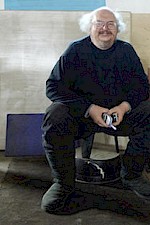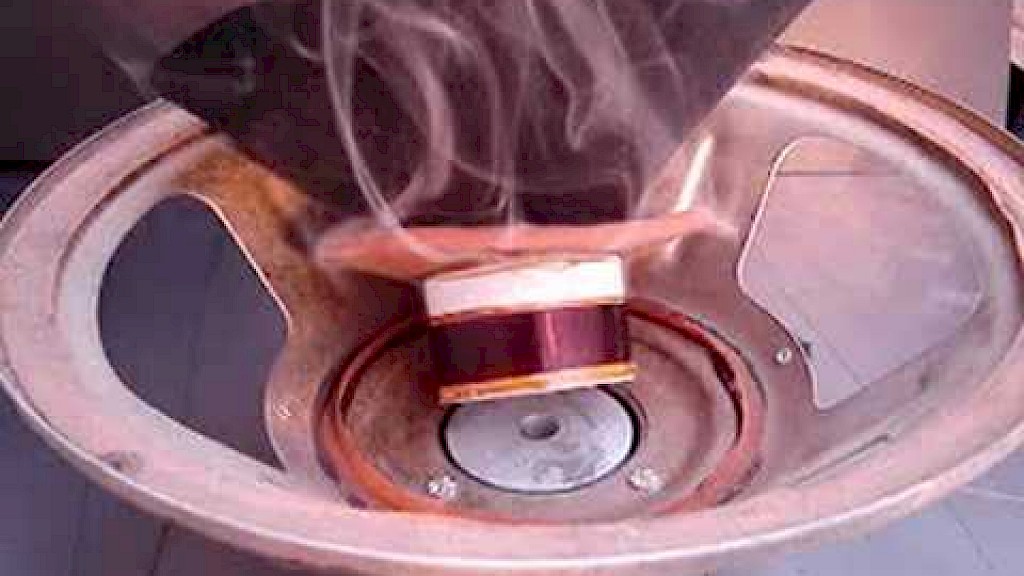NASA Technology Comes to Speakers: Ferrofluid
Ferrofluid was patented by NASA in 1963 as a technique to move liquid propellant in the low gravity of space. Pumping fluids that do not stay at the bottom of a tank by gravity is not easy. In speakers, Ferrofluid is used to liquid cool voice coils, damp resonances and help center the voice coils. All can improve the sound quality and quantity. These are amazingly different applications for an amazing material.
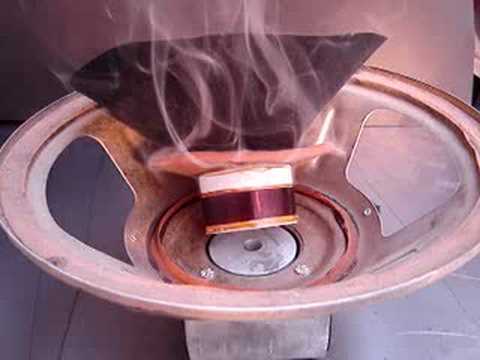
Ferrofluid is a liquid that has very small particles of a magnetic material suspended in it. The magnet particles usually represent about 5% of the total fluid while another 5-15% is a chemical used to make the main fluid “wet” the particles. By applying a magnetic field, the fluid can be moved. NASA proposed having the base fluid be the liquid propellant for rocket engines.
While pumping fluids is not something speakers have to deal with, “pumping” or removing heat from the voice coil is. And Ferrofluid technology makes that easier and more efficient.
Most of the electrical energy going into speakers is converted into wasted heat. Only a small percentage, about 0.5-5.0 %, is converted into sound energy. The wasted heat needs to be removed from the woofers and tweeters before they overheat and burn out (or cause thermo-compression). Stagnant air is a good thermo-insulator. Moving air dissipates heat better if there is a place for it to go. Liquids are even better at heat transfer (Auto engines use water for this reason). In speakers, the magnetic structure of the motor assembly keeps the liquid in the gap where it is needed.
The amount of heat required to damage a speaker’s voice coil is related to how long the energy has been applied. In the short term (much less than a second), that amount of energy is mostly related to the voice coil’s overall size (a big one can hold more than a small one) and how quickly that energy can be moved from the voice coil to the whole driver. In the long term (several or many hours), the power the voice coil can handle is mostly related to how much of the wasted energy can be moved out of the whole driver. Ferrofluid only improves the short term power handling, since Ferrofluid can only improve the rate at which the energy is moved from the voice coil to the whole driver; but has no effect on how quickly the whole driver can lose the energy. Ferrofluid can increase the short term power handling by 10-40 times (10-16 dB).
Classical music is very dynamic; the peak (short term) power is often over 100 times higher (+20 dB) than the average (long term) power of the whole performance. So, you may need a very big amplifier not to run into distortion and speakers designed to handle these short term power peaks without failing. With a smaller amplifier you are more likely to produce clipping and put all the distortion into the tweeters.
Rock ‘n’ roll music is usually compressed so the peaks are only 4-10 times higher than the average power (6-10 dB). This can put a lot of power into your speakers which Ferrofluid can help remove from the voice coils. Ohm has used Ferrofluid in our tweeters for over 35 years.
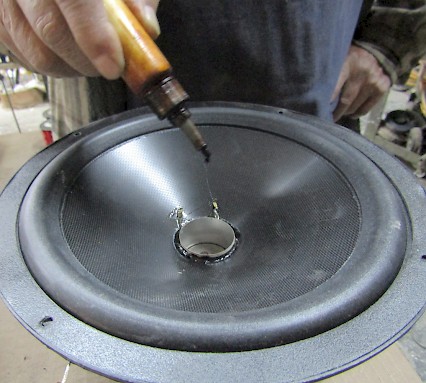
In order to utilize Ferrolfuid in the last generation of Ohm Fs’ full-range drivers, we had to make major changes to the Ohm F motor assembly (voice coil, magnet, and iron parts). We found the long excursions in the low bass could “blow out” the Ferrofluid so far the magnet could not return it to the gap. We found if we used it to damp resonances, this benefit would go away as the Ferrofluid heated up. A similar problem was encountered when we used it as a centering aid (like we did in the Ohm I’s low tweeter). Over time, we overcame these problems and now use Ferrofluid to improve the short-term power handling in most of our drivers. Such are the benefits of decades worth of development.
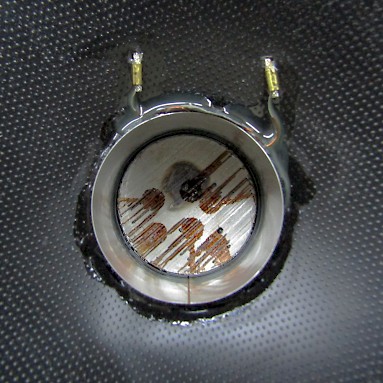
Computers and cell phones are not the only things to improve from space technology. .. Speakers are better for the research.
See ya on the 22nd
‘Til Then,
Enjoy & Good Listening!
John
Subscribe to Ohm News & Views to get the latest posts in your inbox
John Strohbeen Author
John Strohbeen was the President and Chief Engineer of Ohm Acoustics from 1978-2023.
